Journeys and Jottings
Issue 47 Jaipur or Jeypore ? Neither, its Jajpur in Odisha. Heritage and Culture of Jajpur and in People Make Places we meet some artists and artisans from Jajpur.
“Is it Jaipur or Jeypore? Are you in Rajasthan or Odisha? Never heard of Jajpur before..” Honestly neither had I until this trip, although inadvertently I had stumbled upon this fascinating historic district in Odisha way back in 2014 when I had visited this state for the first time. But this time it was a lot different. We went, not just to explore the hidden gem but also to let our hair down and do a little jig as we celebrated Jajpur Mahotsav with a lot of celebrity Bollywood singers, actors, and other celebrities.
Hello and Welcome to this issue of Journeys and Jottings, which is going to be all about snippets and stories from my recent trip to Jajpur in Odisha. In People Make Places, we will meet fascinating artisans and weavers from Jajpur.
Odisha Revisited
This is my third visit to Odisha and I must admit that there is something about this state that lures me. It’s very difficult to express it in words, but I feel like I am a bit of a time traveller whenever I explore the state. The ancient monuments, temples, ruins of monasteries, and excavations represent a time capsule of a bygone era and I am lost in this world.
There are so many magnificent old temples in Bhubaneshwar and each one of them is sheer poetry in stone. The Konark Sun Temple is another masterpiece. When I went to the Puri Jagannath Temple for the first time, I just stood there in tears as it was one of the most powerful, emotional, and intimate experiences. But it’s not just the tangible heritage - there is so much intangible heritage, arts, crafts, music, folk art, performing arts, and even culinary traditions that are lost here.
I remember penning down my first impressions of Odisha after the four-day trip. To quote from the post, I was pleasantly surprised by what the state had to offer. Simplicity, beauty, arts and crafts, architecture, history, and such beautiful natural settings. there is a charm about small towns that cannot be explained. Sitting in a small eatery, munching on some pakodas and watching some tacky Oriya movie, I enjoyed the free-wheeling conversation I had with locals. We spoke about food, movies, tourism, local culture…”
As a student, I have always been fascinated by the story of Samrat Ashoka. Perhaps it was the Kalinga war, and when I visited Dhauli, I stood there imagining how this little place would have been a bloody battlefield that had changed the course of Ashoka’s life. I have always been fascinated with Buddhist sites - caves and stupas especially.
And that’s how I stumbled upon the Diamond Triangle of Buddhism in Odisha - the three hills called Ratnagiri, Udayagiri and Lalitgiri which were traversed by none other than the ancient Chinese traveller, Hiuen Tsang or Xuanzang. I was in Bhubaneswar nine years ago when I heard of these three excavated sites and I decided to visit them. Even my driver had no idea how to get there but we decided to take a day trip from Bhubaneshwar to explore these historic excavated sites. Inadvertently, by following in the footsteps of Hieun Tsang, I had set foot in Jajpur almost a decade ago, without realizing the historic and intrinsic value of this district.
Where is Jajpur?
Jajpur is the name of both the town and district in Odisha and it is a treasure trove of heritage, arts and crafts, and culture. The ancient capital of many dynasties that ruled over modern-day Odisha, Jajpur has been of significance to Hindus, Buddhists, and Jains from a historic and religious perspective with several archaic, time-worn, and primeval temples, monasteries, excavated sites, and monuments. Located about 120 km from Bhubaneshwar airport and closer to the twin cities - (Bhubaneshwar and Cuttack), Jajpur is Odisha’s best secret.
Jajpur Mahotsav
Although the primary objective was to delve deeper into HACT - Heritage, Arts, Crafts, and Tourism of Jajpur, our trip was planned to also enjoy Jajpur Mahotsav. A colourful, extravagant, and larger-than-life carnival-like event in Jajpur with music and dance. It was so vivid and vibrant and breathtaking as we danced our blues away along with Bollywood singers and actors like Sunidhi Chauhan, Sona Mohapatra, Ayushman Khurana, and the brilliant Amit Trivedi who performed for us. It’s not every day that you get to attend and cover musical events of this scale on a trip to discover hidden gems, but then what can be better than Bollywood to put a destination on the tourist map?
Heritage of Jajpur
Raw and rustic, Jajpur looks like any other town or district initially, lost in its own obscurity. But as you dig deeper, you realize that it is a treasure trove of ancient history. It’s like peeling layers off an onion. Every layer reveals a facet of its heritage and culture. And you feel like you are on a treasure hunt, discovering not just the sites but also the chronicles of history, from prehistoric times. There are references from the Ancient Puranas as well. It was the capital of King Jajati or Yayati of the Somavamshi or the Kesari Dynasty who ruled from modern-day Jajpur or Abhinava-Yayatinagara or Jajapura as it was called them from the 9th-12th centuries. King Jajati, it is said, had organized a great yajna called Daswamedha at this place. The area also came to be known as Yajnapura.
The heart of Jajpur is in its ancient temples, steeped in traditions and rituals. The Maa Biraja temple gives the town its very identity as the Goddess is the patron deity of the town. One of the Shakti Peethams, Durga Ma is worshipped as Biraja or Girija here. The temple is huge and has an air of antiquity around it and there are several shrines including the different types of Shiva Lingas here.
There are several ancient temples here - from the magnificent Jagannath Temple to the Varaha temple with ancient carvings and paintings as well, especially on the ceilings. Jajpur was also a center of Tantric as well. Some of the sculptures of the deities, especially the goddesses remind me of the carvings in the Chausath Yogini temple in Hirapur near Bhubaneshwar. The temples are not just religious monuments - they are souvenirs of the ancient rituals and traditions and they hold a mirror to the artistic talents of the sculptures of the era and they take you on a journey to the historic past as well.
But Jajpur is not just a pilgrimage destination for the Hindus. Hieun Tsang or Xuanzang, the Chinese traveller had mentioned Jajpur in his chronicles when he visited the Buddhist sites - Ratnagiri, Udayagiri, and Lalitgiri. As I mentioned earlier, I followed in his footsteps and came to Jajpur for the first time almost a decade ago. It is my third time here and I am, as always mindblown by the massive sculptures and carvings in these excavations.
100 Stories of India - Ratnagiri, Udayagiri and Lalitgiri
On a pleasant wind-swept morning, I followed the footsteps of the ancient Chinese traveller Hiuen Tsang or Xuanzang as he was called, and found myself driving towards the Diamond Triangle of Odisha from Bhubaneshwar, a distance of about 100 km. An ideal day trip from Bhubaneshwar, While there are several ancient temples of Bhubaneshwar that beckon heritage enthusiasts, there are many monasteries and stupas tucked away in Odisha. I am referring to the Buddhist triangle of Odisha – Lalitgiri, Ratnagiri, and Udayagiri which are hills filled with ancient archaeological sites excavated rather recently.
Strewn around with monasteries, stupas, relics, seals, stone tablets, and statues, these hills were referred to as Ratnagiri, or the hill of precious gems, Lalitagiri, or the red hill and the Udayagiri, the hill of the rising sun.
It is believed that Hiuen Tsang in his chronicles referred to the Diamond Triangle of Odisha as “Pusipokili, a place of learning perhaps referring to ancient Pushpagiri University that can be compared to the likes of Nalanda. It is now believed that he is referring to the Diamond Triangle of Odisha- Lalitgiri, Ratnagiri, and Udayagiri where the university was once located.
Ratnagiri is one of the most popular sites of the Diamond Triangle of Odisha. It housed a Buddha monastery which was built in the 5th century and its strategic location helped the monks stay here safely without much fear of invaders. I wander around and head to the first monastery, a popular Buddhist monastery of Odisha among tourists, where an ornate door, replete with sculptures carved in green granite leads me to a courtyard.
Inside a shrine is a 12 feet tall Buddha flanked by Padmapani and Vajrapani. But what fascinates me is the courtyard scattered with different sculptures of Buddha. There are 24 cells here on this site.
I leave Ratnagiri to visit the largest excavation site Udayagiri where the lush greenery carpeting the slopes of the hills greets me. Udayagiri known as Madhavapura Mahavihara was a prominent center of Buddhism between the 7th and 12th centuries.
The name was carved on several seals excavated from here. Walking along a path lined with trees, I see several stupas, monasteries, and sculptures from the Buddhist pantheon of deities lying in the open. One of the largest excavated sites, there is Udayagiri 1 and Udayagiri 2 and I almost lose my way walking amidst the many detours to reach them where you can see the erstwhile ruins of the Buddhist Monastery in Odisha.
People Make Places - Meet the artists, artisans, weavers and craftsmen and women
I have always said that journeys are more about people than places because it is indeed the people who make places. And in Jajpur too, the heart of the district lies in the villages where everyone is an artisan, a musician, a weaver, or a performer. But sadly most arts and crafts ate dying or lost or forgotten.
We visited Gopalpur ( I know there are tons of Gopalpur in Odisha and am not even referring to the famous Gopalpur on sea ) which has about 700 households of weavers, who specialize primarily in weaving tussar silks. There are over 1900 weavers of tussar alone in Odisha and the Gopalpur cluster which is one of the largest is over 400 years old.
Gopalpur can be promoted as the next Raghurajpur - the Arts and Crafts and Heritage Village of Odisha, known for the patachitra and the painters. Interestingly you will also find painters who use tussar as their canvas and I have bought one with tribal motifs, although, on this trip, I couldn’t resist but buy one more as well from the artisans directly.
Jajpur is also a treasure trove of several other craftsmen too like potters and sculptures but we visited the Antia village full of women artisans who weave products like boxes and baskets from golden grass. Golden grass, known locally as ‘Kaincha’, is a wild grass found in many villages of Odisha and the handicrafts made from this grass are stunning but painstaking. The women told me that they have trained for years to learn this as some of the crafts can take even a month to be created.
Every village tells a story and every artisan or weaver has the talent to showcase it. And we ended this trail with a musical session with Alekh Das ji who played a devotional song on the forgotten musical instrument called Khanjani. It is sad that these musicians who have learnt their talent from their fathers are now reduced to penury and literally have to beg to be heard and paid. As he played the lilting tune and sang a devotional melody, I couldn’t help but feel that it was laced with melancholy.
Just some thoughts..
Jajpur is on the cusp of being developed into a tourism hub for the discerning traveller, who appreciates heritage, culture, and arts. Team HACT who is promoting these facets of the district along with the administration team is doing wonders by also creating awareness about the heritage and culture besides reviving the forgotten and lost arts and crafts. The district is well connected by road and rail and also by air from Bhubaneshwar and there are a few four-star hotels that are mushrooming as well. It would however be great to see more infrastructure and tourism-friendly projects besides more hotels and eateries. I definitely want to go back and explore more of Jajpur, see more heritage sites and visit more villages and learn more about the crafts.
Feedback Please
I do hope that you enjoyed reading this issue. Looking forward to your feedback as always. I would particularly like to know if you have any other suggestions regarding the travel content.
We are going to keep the flow of conversations going and I would really appreciate it if you will share my newsletter with your friends and family.
See you soon! You can also read my travel stories on my blog and follow me on my social media.
Blog - www.lakshmisharath.com
Twitter - www.twitter.com/lakshmisharath
Facebook - www.facebook.com/travelwithlakshmi
Instagram - www.instagram.com/lakshmisharath
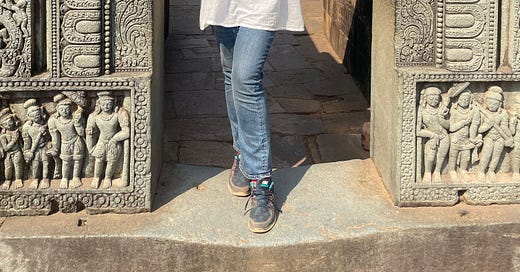



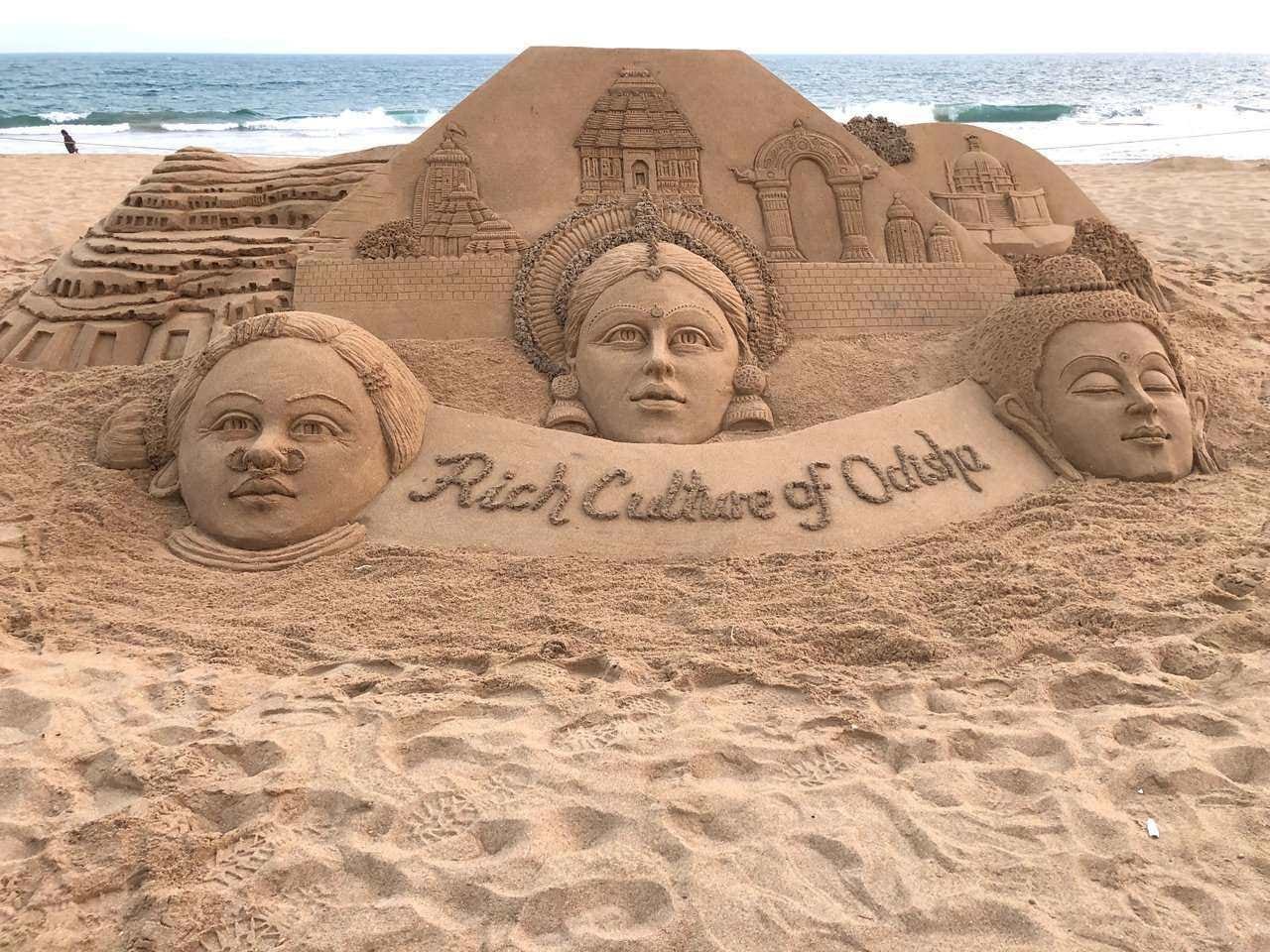
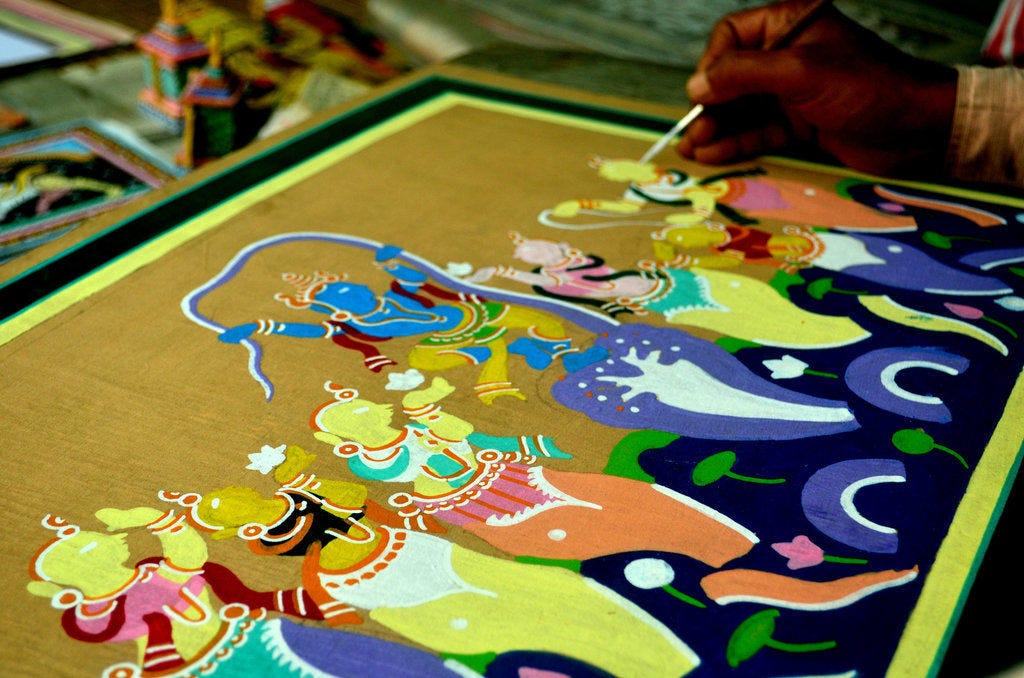
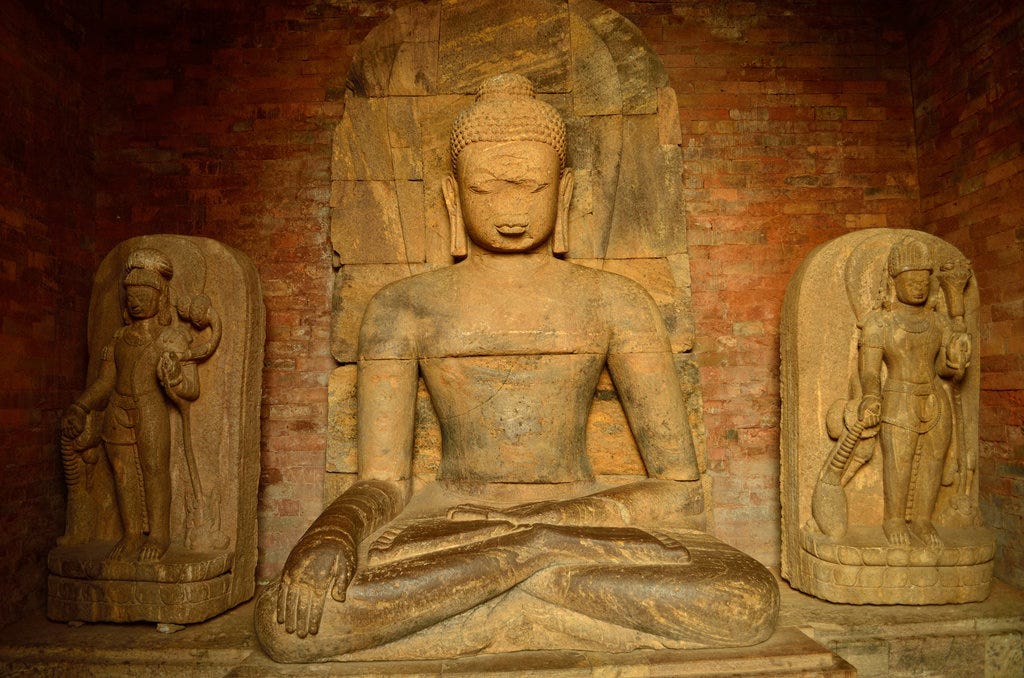

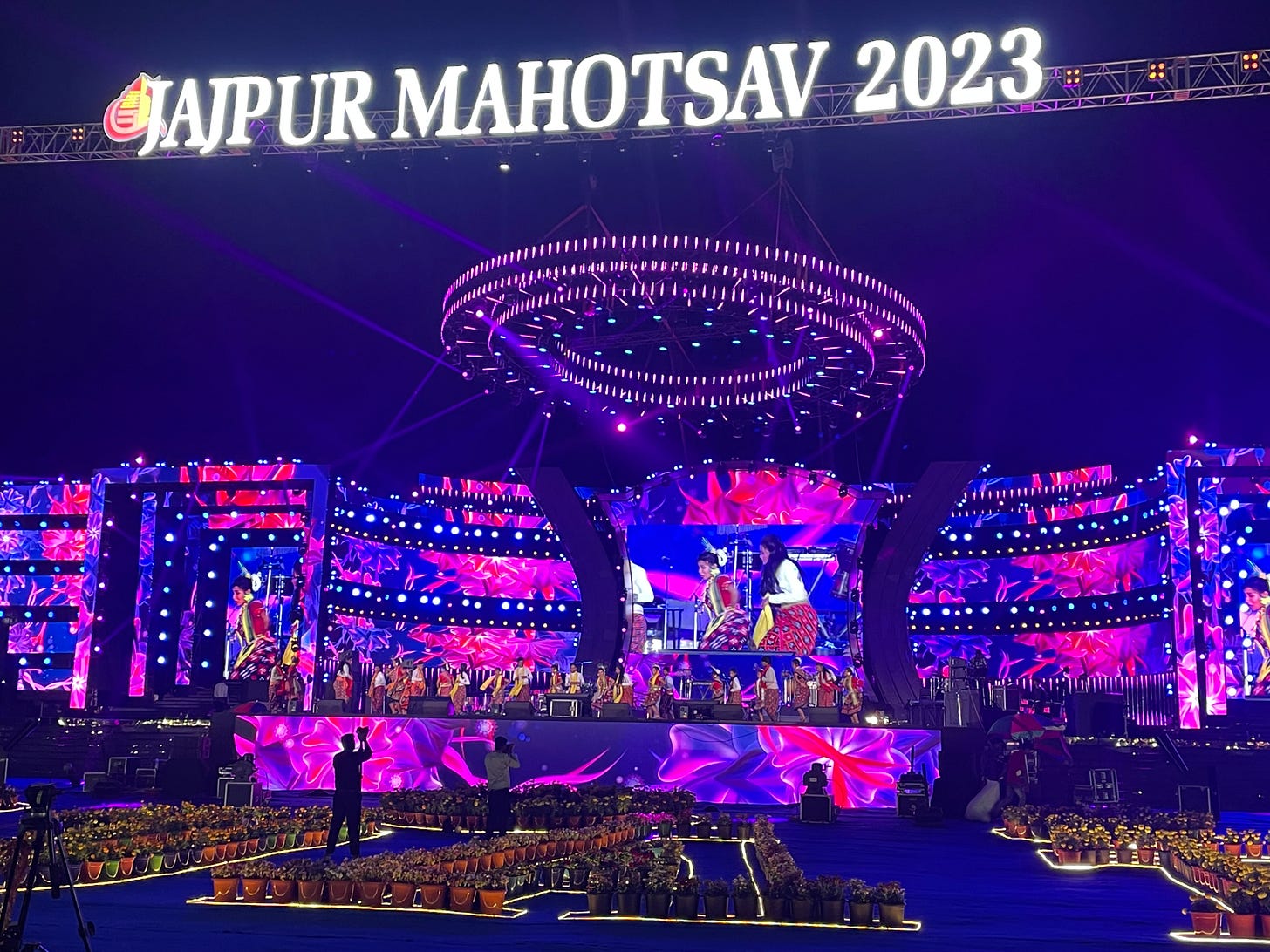
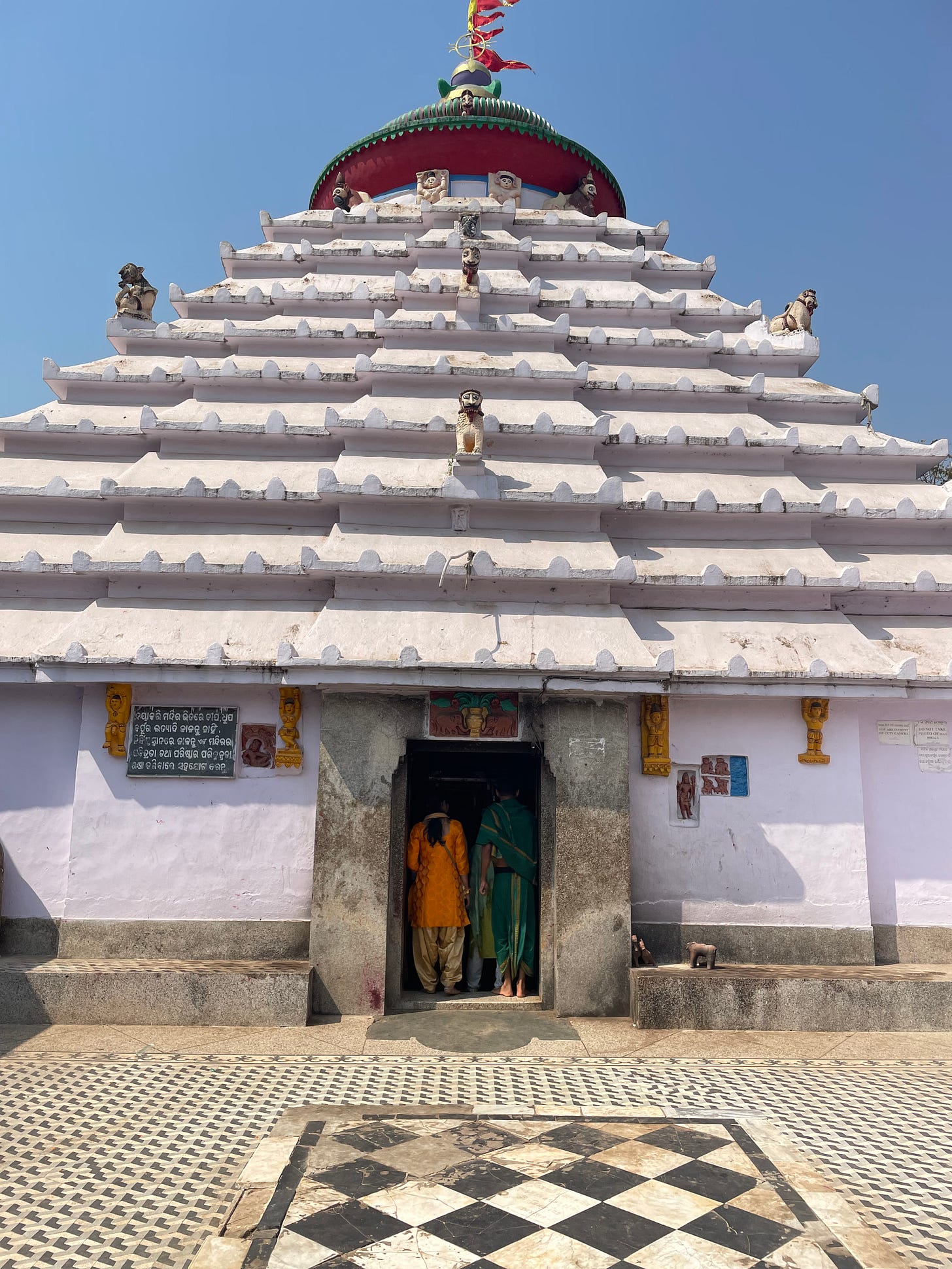
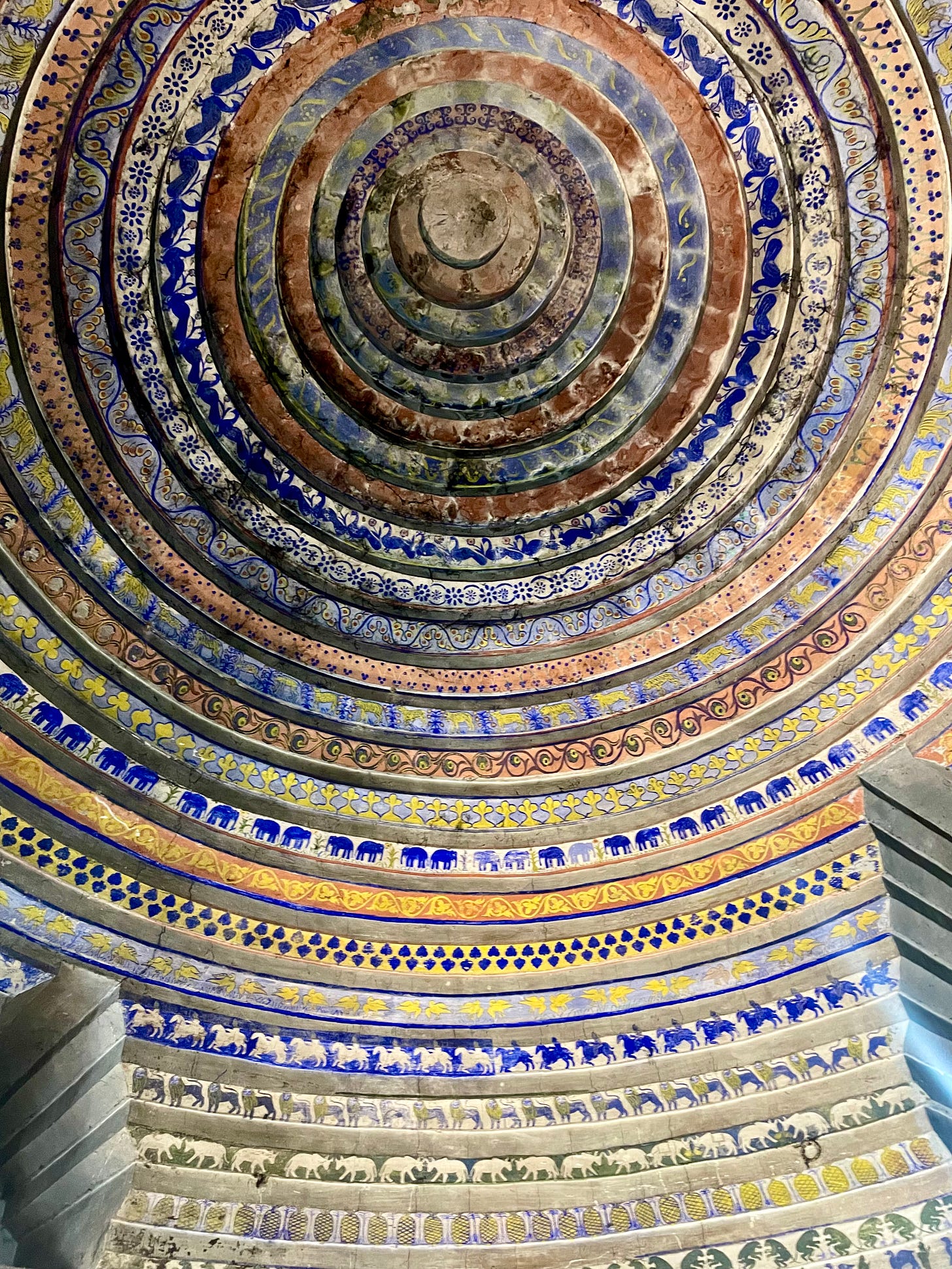
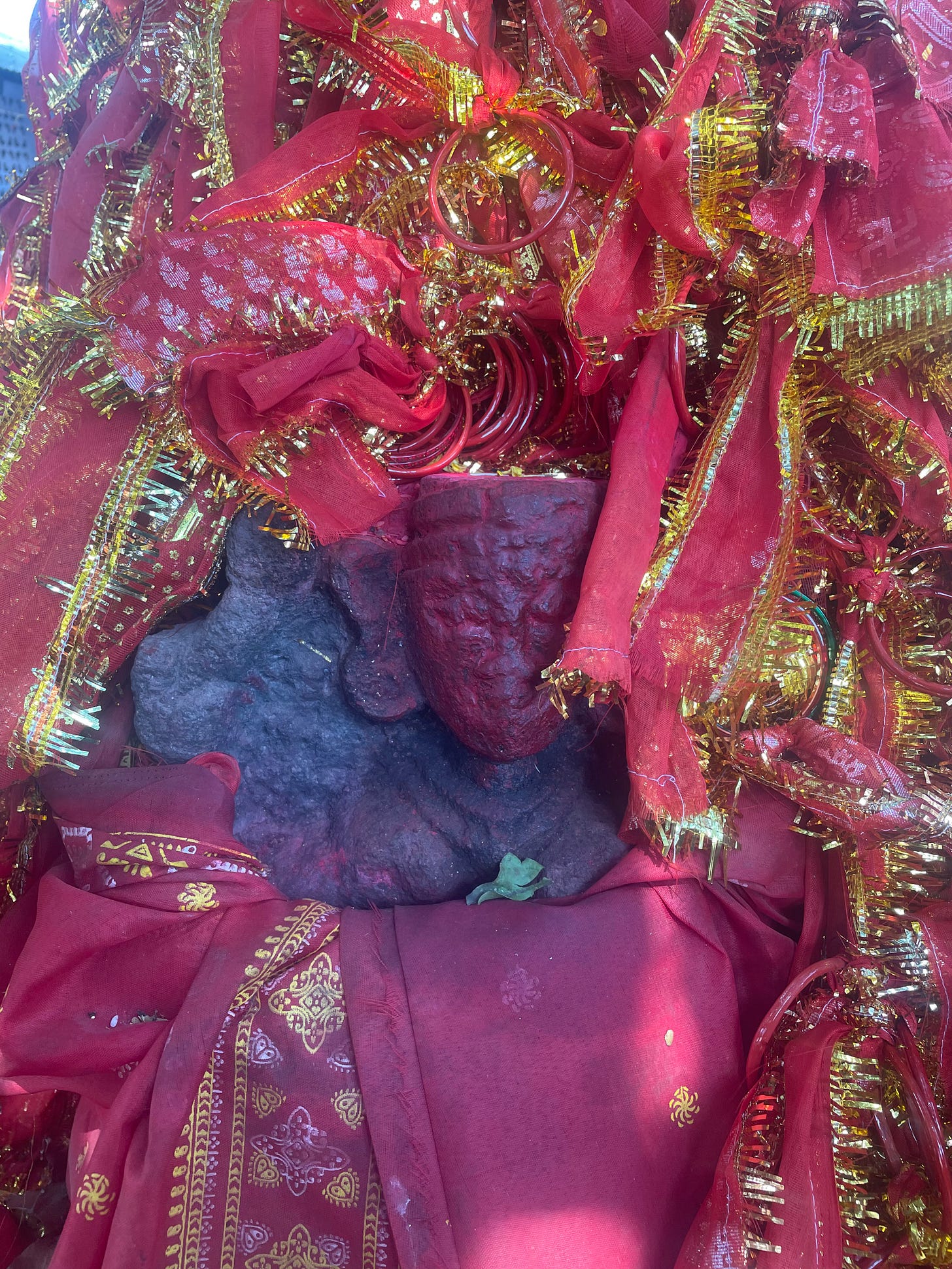
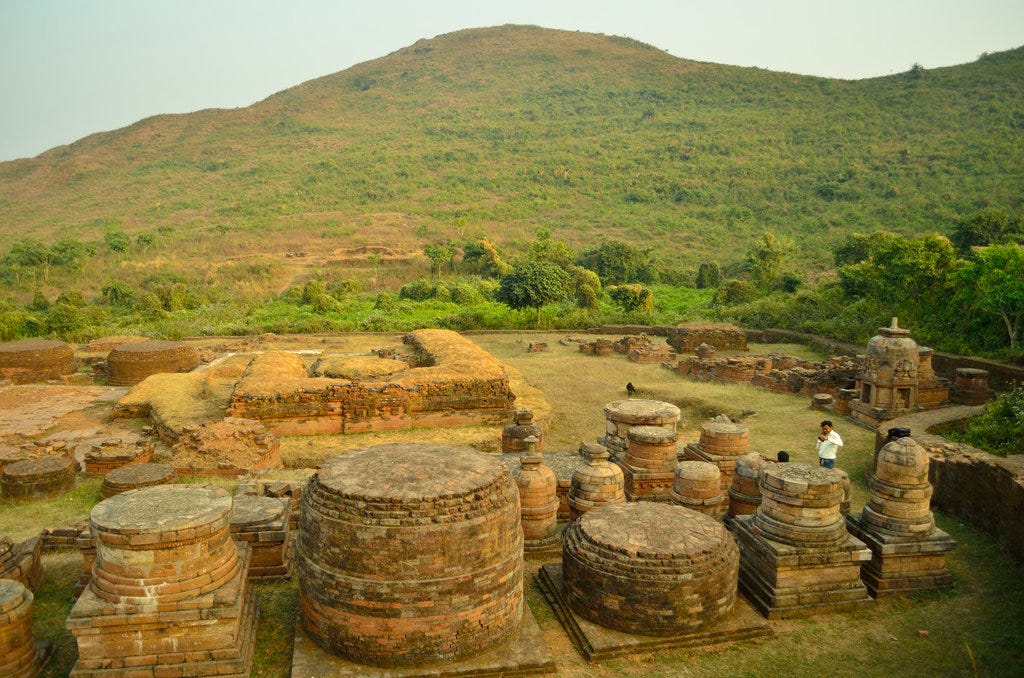
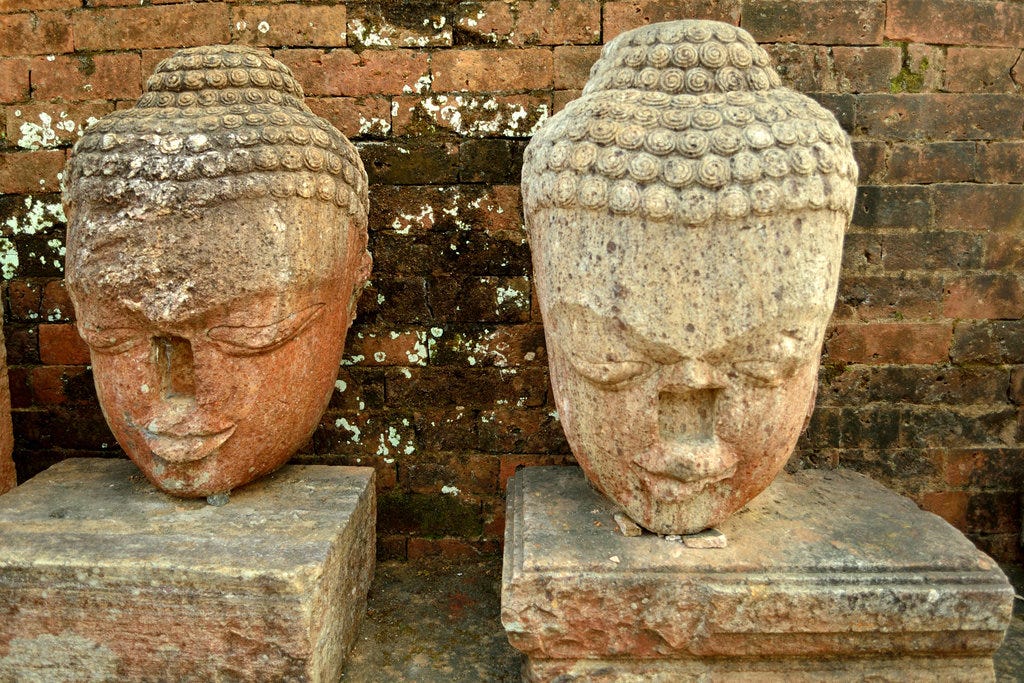
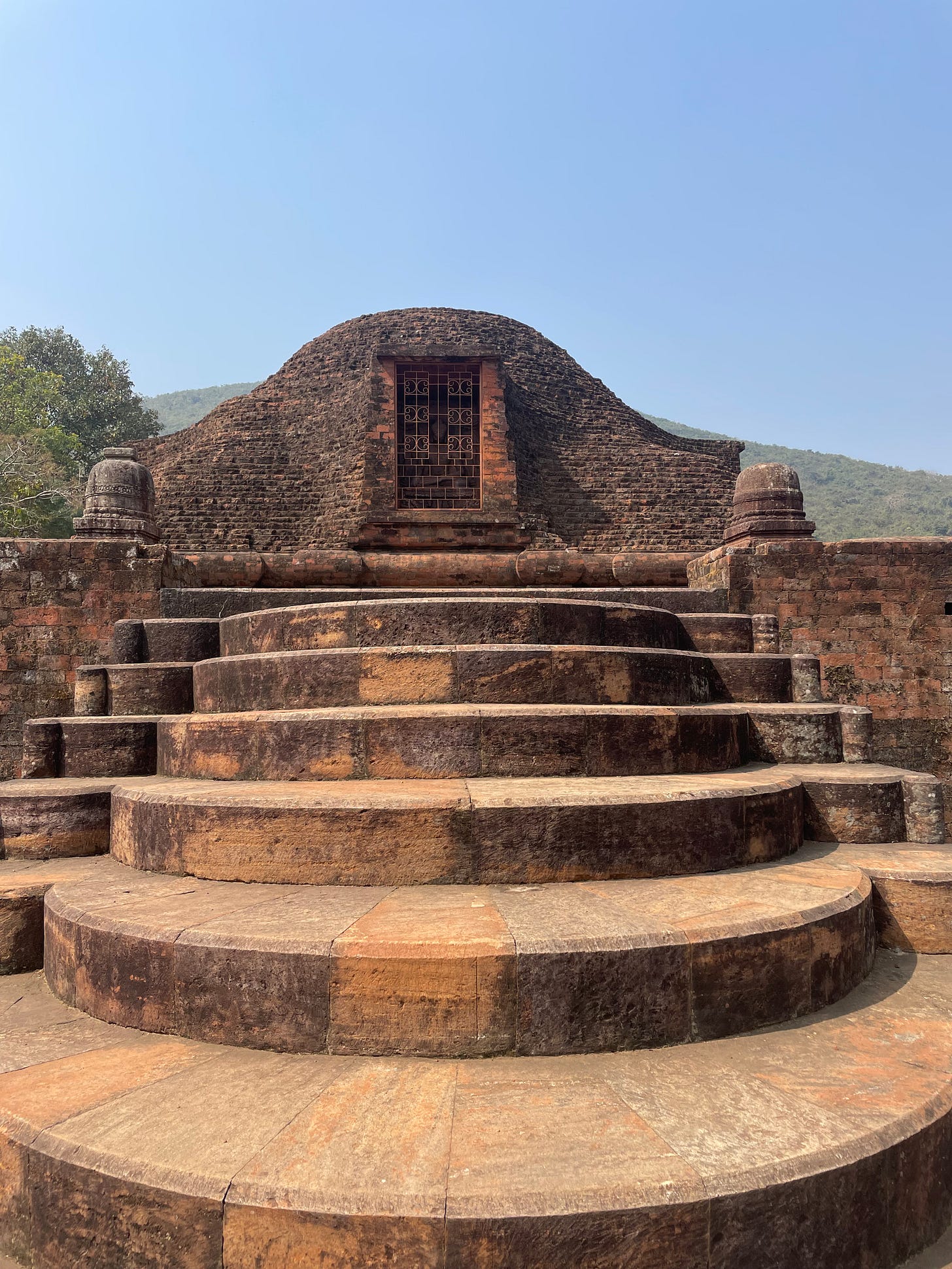
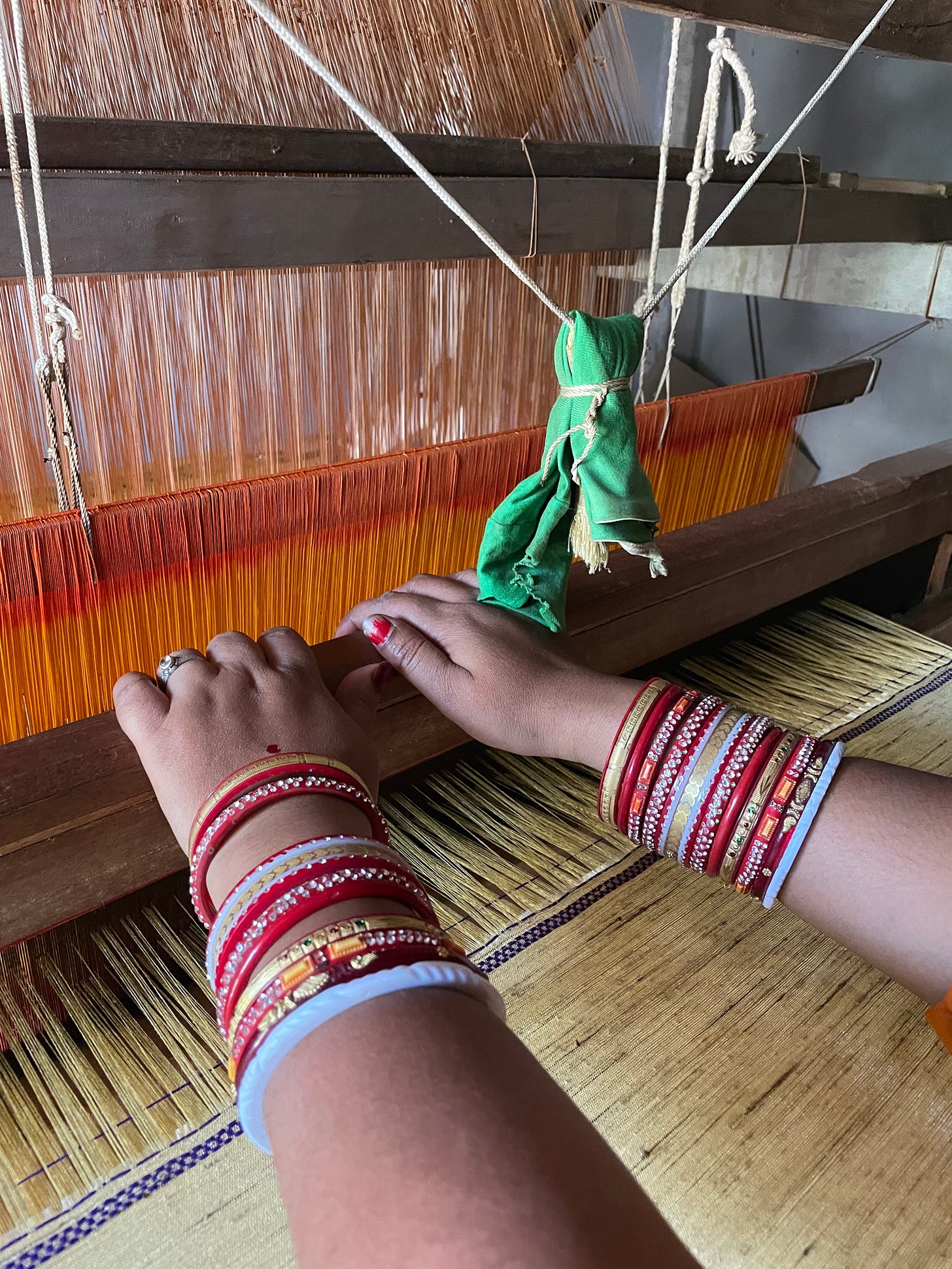
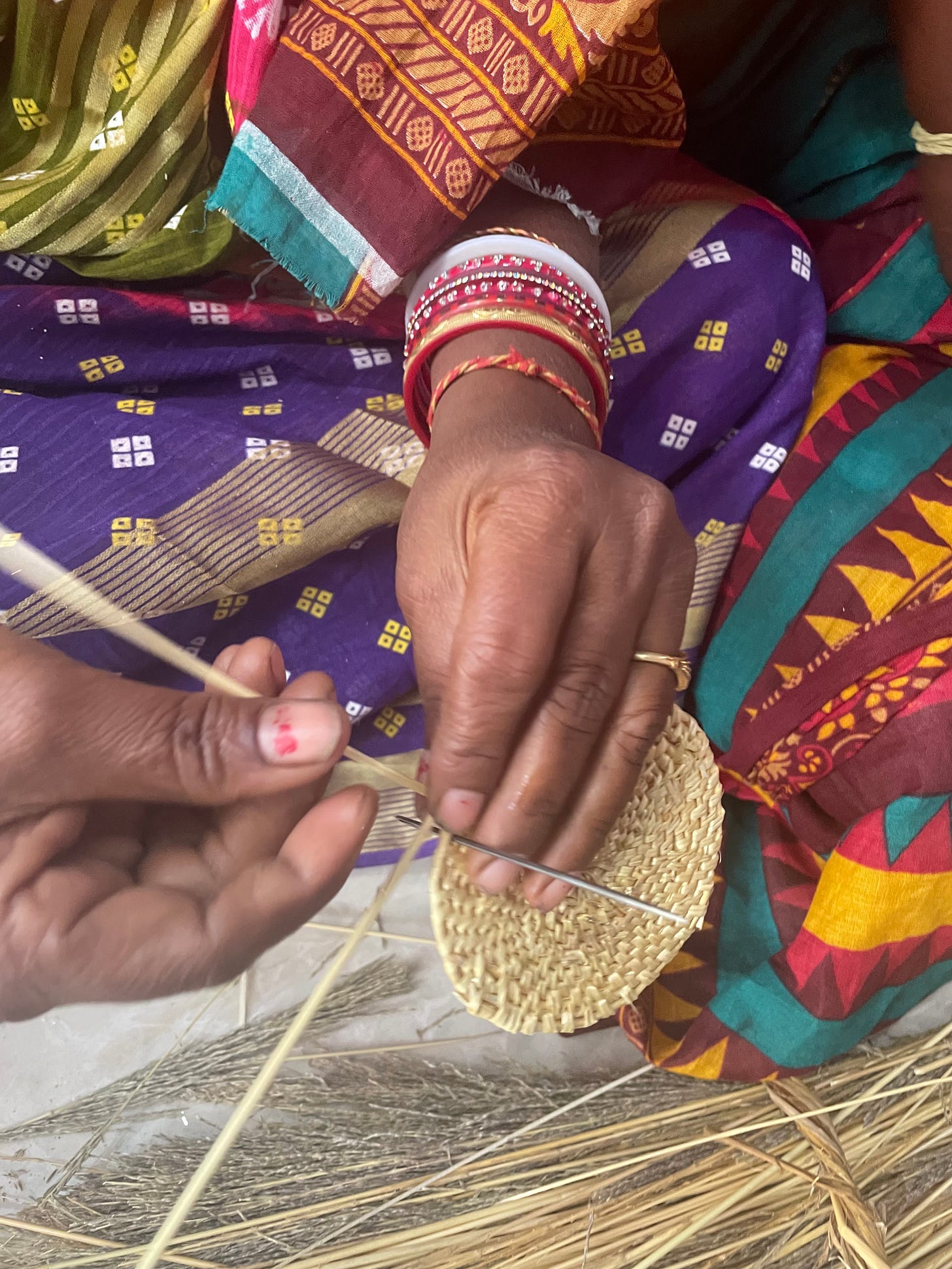
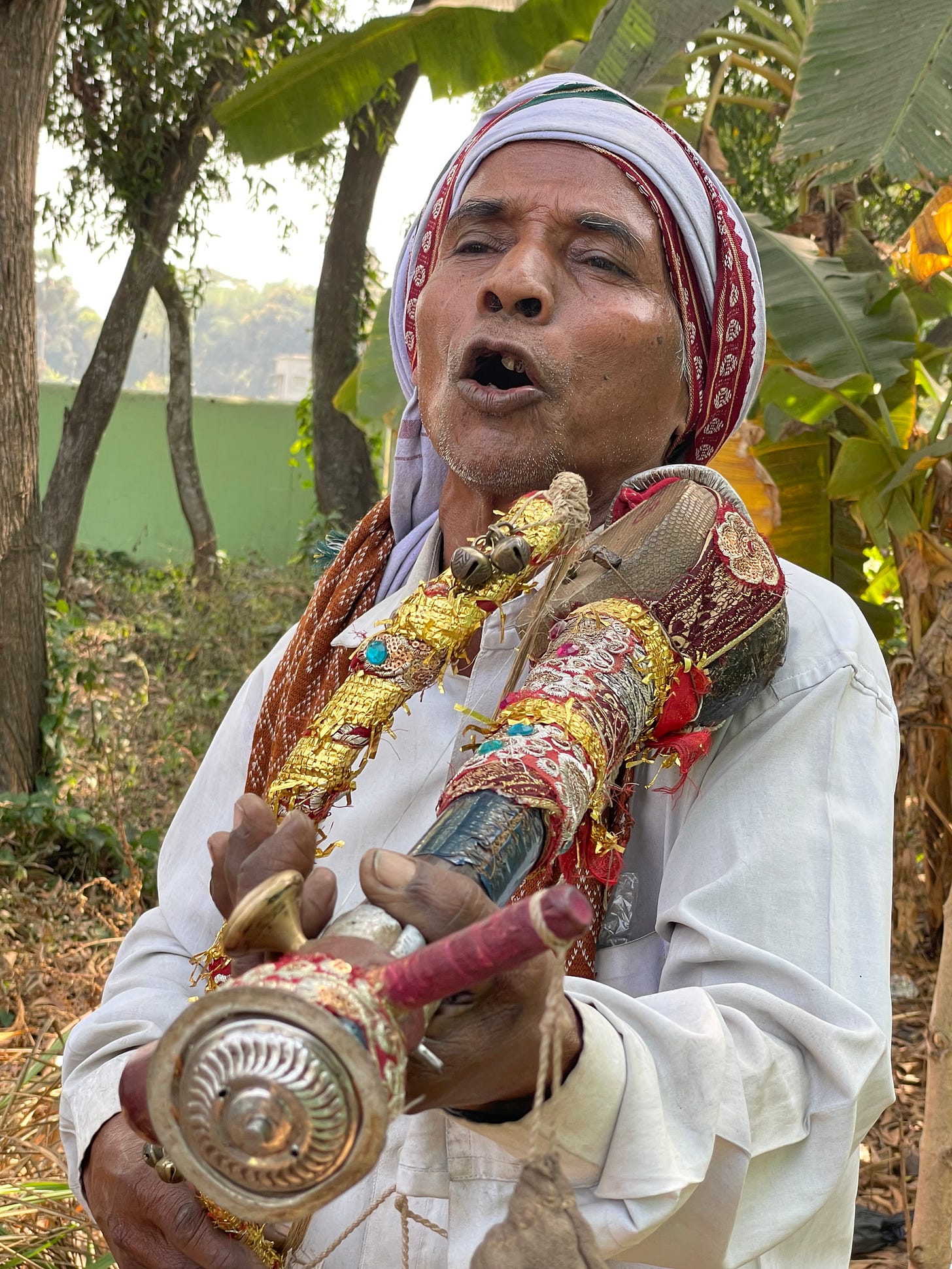
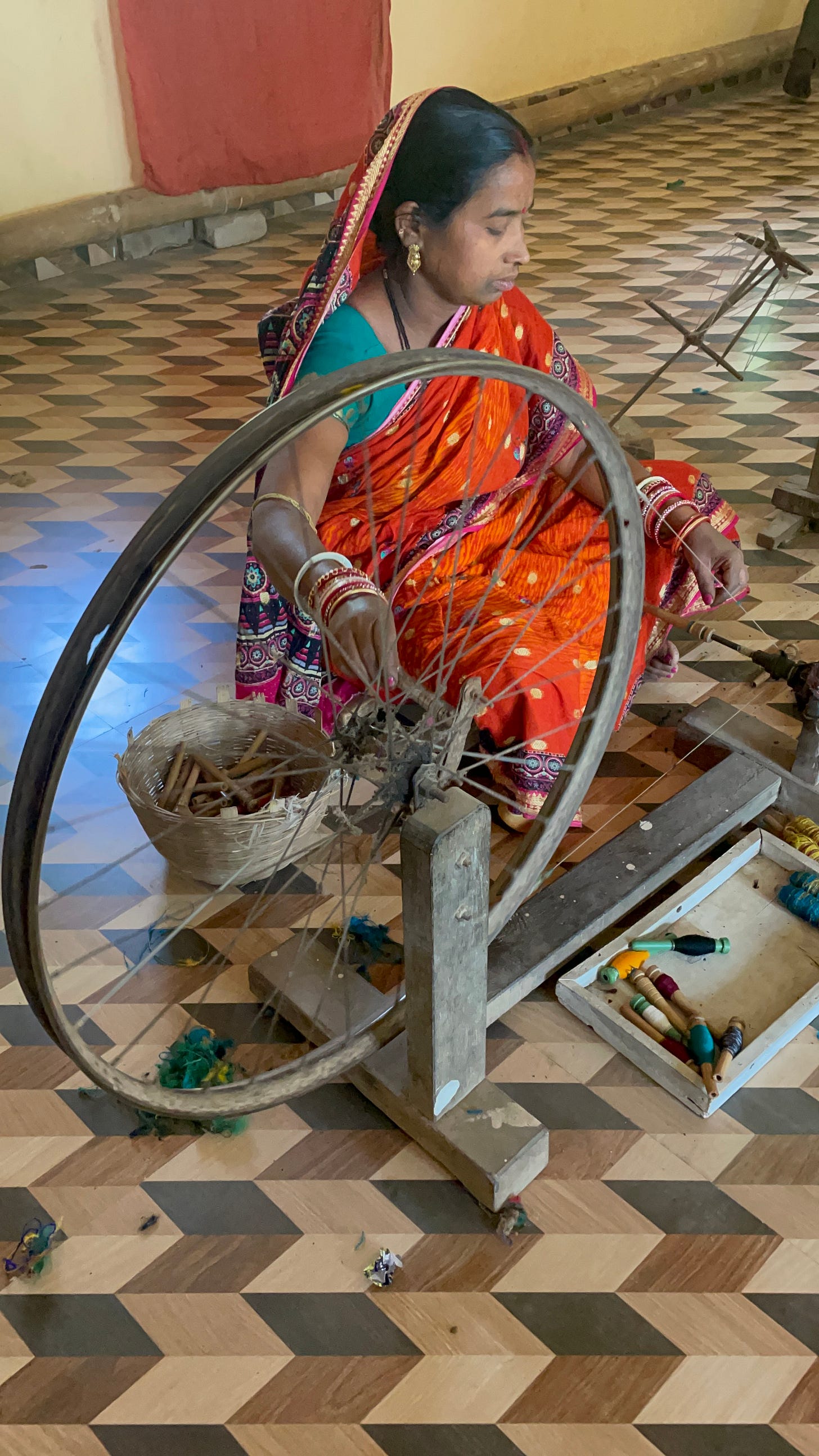
At first I got confused reading Jajpur with Jaipur. But its amazing to see such stunning heritage spread all across our country. through your journeys we get to unravel such beautiful and stunning sites. Love your blog!
Honestly, yours is the only email newsletter that I read. Superb job. Thanks.